The Forgotten Cemetery of Morrissey BC
The town of Morrissey British Columbia only existed for a short time in the early 1900s, had a brief but sad reprieve of sorts less than a decade later, and then was gone. It’s now relegated to history. Nature has taken back the townsite and there’s scant evidence to be found that anything was ever here. An old cemetery, however, there in the woods and seldom visited remains to help paint a picture of this fleeting community.
It’s coal that gave birth to the company town of Morrissey and similarly responsible for its demise. Records suggest the quality of the material didn’t live up to expectations, but it also appears mismanagement on many fronts contributed to its downfall. It takes a good product and solid leadership to assure success.
The Forgotten Cemetery of Morrissey BC with Chris Doering & Connie Biggart (BIGDoer/Synd)
Be like Dale…
But there’s more. Add ongoing safety issues, with many deaths in the mine as a result and it’s clear the operation had no future. The Morrissey Mine produced from 1902-1909* and the town had a similar time-line. At the peak, early on, Morrissey had a population of some fifteen hundred. Old photos show many buildings and homes were located here.
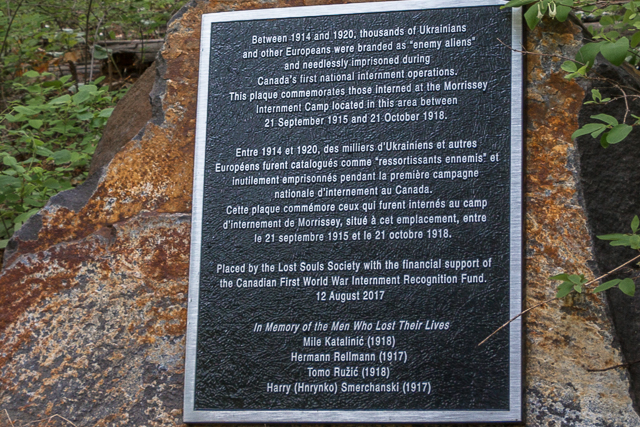
A memorial to an internment camp that operated nearby.
Incidentally, the mine in that time produced something short of half million tonnes of coal, and that’s nothing to sneeze at.
A few years after the mines closed the then abandoned townsite found use as an interment camp for “enemy aliens” during World War One. Being from that part of the world makes one a bad guy by that connection alone. Anyone with an Austro-Hungarian background or sympathies were suspect, so if you were from Eastern Europe, including the Ukraine, you might find yourself locked up. During war everyone’s a spy or saboteur.
Locals with this background were rounded up and lived in the old townsite from 1915-1918. They made it into prison with fencing and guards. Some three hundred were held at Morrissey and treated poorly as Civil Prisoners of War. This chapter goes beyond the scope of this article, but it’s worth reading about and there’s a link below where you can learn more.
We can all agree it’s not a history high point – the past can be beautiful and inspiring or God awful depressing – and likely duly justified by those responsible. Looking back it’s hard to comprehend, but fear or prejudice will make people do unspeakable things. One day it’ll all be repeated again, somewhere and in some way, because those demons are always lurking.
After this phase, the town of Morrissey and any mine infrastructure remaining soon vanished.
A couple graves at Morrissey belong to folks from the interment camp. While not stated explicitly, their deaths could be caused or exacerbated by the poor conditions there. Prisoners were expected to work and it was backbreaking, the food of poor quality and living quarters substandard.
Most of the people at the cemetery, however, appear to be miners, and at the time working underground ranked as one of the more dangerous occupations out there. Standards were lax, the risks many and death simply a part of doing business. Both sides, the workers and the company seemed to accept this as an everyday thing.
There’s conflicting data and it’s not completely clear how many folks are buried here in Morrissey. Research suggests a couple dozen, maybe, and presumably some are unmarked.
Keep in mind unmarked graves don’t necessarily mean they were that way from the beginning. Often wood markers were used and over time these deteriorate till nothing remains. That’s why you see so many old cemeteries where unmarked graves make mention. It’s not that these folks were unceremoniously buried nor necessarily unloved, but that time has erased their presence. Mostly that’s the case.
One person interred here got moved out sometime in the 1960s-1970s period and repatriated back to Ontario.
Only a few graves here have stone markers. A few older ones of wood have survived but many of those seen today are actually newer and replaced ones that earlier rotted away. Picket fences surround many burial sites and it would appears that others once had them. There’s a couple old fences in a very rotted state at the side of the property that at some point were removed.
Fenced graves were a common thing back in the old days but not so much today. It’s often said they were to keep animals out and perhaps that’s so, but certainly aesthetics were a consideration too.
Two times in the last few decades some remediation work took place at the cemetery but it’s an uphill battle. Still it’s left mostly to nature, which is probably how it should be anyway.
A sign speaks of one such effort and reads: “Morrissey Cemetary Enhancement Project, Completed October 1984 by CFI, Sponsored Canada Works Program.” Note the spelling of Cemetery. CFI = Cresbrook Forest Industries, a big lumber company in the area at the time and who not doubt harvested timber nearby.
A plaque nearby speaks of the internment camp phase and it sure makes one think.
Most graves are from the mining days, with a few from the internment period and only a couple from later. Many markers mention how the person died and some include a copy of the obituary. Let’s read a few random ones…
“Tom Rushich (Tomo Ruzic), (born) 1870 in Hreljin Croatia Austria, (died) October 5th, 1918 as POW. Set by his comrades.” Most of the woodwork here appears original and an old photo from before the last refurbishment found during research confirms this. Tom died of tuberculosis while a prisoner at the Morrissey Camp and this disease will make mention again for another camp death.
“John Planetta died 5 May 1909(?), Austrian Miner 35 years, suffocation, cave in, gas.” This is a newer cross which presumably replaced one that deteriorated.
“In loving memory of our beloved father Jan Dvorak 1869-1938. Sweet be thy rest.” Jan’s wife Marie (1874-1929) is buried nearby, as is their son Frank (1906-1990 – ashes spread it would appear). These three are the last burials here and all others are either from the internment camp period or when the mine operated.
That’s Frank’s childhood bicycle you see in the photos. A sign reads: “After being stored sine 1929(?) the bike was reunited with its owner Frank Dvorak in 2018(?) by the Dvorak Family.” It’s a bit hard to read so the dates are unclear and while it appears they included a photo of him on it as kid it’s too far deteriorated. Water got on the paper and the ink ran. However, it’s a touching tribute.
“Baby Ehas stillborn 24 December 1904.” This has to be the most heartbreaking things a parent would ever go through, but that it happened on Christmas Eve makes it doubly sad.
“John Rogers Miner, England, Morrissey 1868-1903.” Poisonous gas did John in and this a common issue in coal mines back in the day.
“Piettro Jacketta Labourer, Italiano, died pneumonia December 12, 1904 (42 Years).”
“In memory of Harry Smeryczanski Austrian Civil Prisoner of War. Born 1897 in ??? Galica. Died March 30 1917 in Morrissey BC. Set by his comrades.” Galicia was a region in Eastern Europe spanning present day parts of Poland and Ukraine mostly.
Hrynco (Harry) also perished from tuberculosis while in the internment camp. It’s contagious and more so in unclean condition. His last name at the camp had the spelling Smerchanski.
An obituary for an unknown miner and victim of a cave-in reads: “A terrible accident, a man killed in Morrissey Mines, a crude burial, no inquest…the dead body of a young Englishman was recovered…no service was read and the union, of which the deceased was a member, took no special part…he had been in the camp only a few weeks.”
Miners were often transient in nature and that he’d only arrived in Morrissey a short while before rates as not the least bit unusual. The mines would hire anyone, did no background checks and even recording names often an afterthought. Miners came and went from camp to camp like the wind.
The Morrissey Cemetery looks like a literal united nations and those buried here came from many far away places. Italy, the Austro-Hungarian Empire, England, Scotland and the US are noted. For mine related incidents, deaths are listed and the causes many. Some went by suffocation, rockfall, mine car accidents (so being crushed), and for one a fallen tree makes mention as his undoing. Nowhere shows safe at this mine, apparently inside or out.
Little purple flowers carpet area and made the experience all the more special. It’s a peaceful spot, there in the trees and not a horrible place to spend all eternity. No noisy neighbours, a nice shady spot, flowers and birds, but maybe a bit lonely.
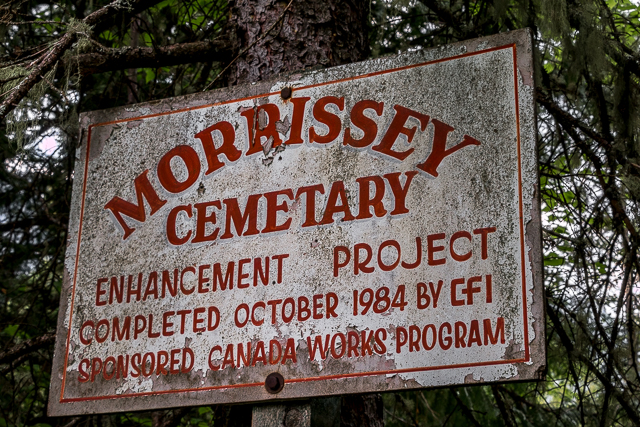
At the Morrissey BC Cemetery (note sign spelling).
If you visit Morrissey Cemetery please show respect and be mindful of bears that frequent the area. We saw plenty of signs that they hang around, so make some noise.
*Reports differ slightly as to the exact years the mine operated and the town existed, but our reference is BC Mine reports, which are considered a solid source. Recall mine and town were intertwined and any key dates pertaining to one can generally be applied to the other.
Of interest (new window): Morrissey BC Internment Camp.
They’re saying…
“Can we all take a moment to appreciate how great this website is?” Monica and Leslie (you’re too kind!).
Random awesomeness…
JB Fletcher’s Ainsworth BC ~45 Years Apart.
A Few (Frigid) Minutes in Trochu Alberta.
Alberta Prairie Railway Excursions #41.
Something to say and no one to say it to? Go here: Contact Us!
Date of adventure: May, 2023.
Location: Morrissey, BC.
Article references and thanks: FindAGrave.com, Dale for hosting us, the BC Ministry of Mines and the Commonwealth War Graves Commission.
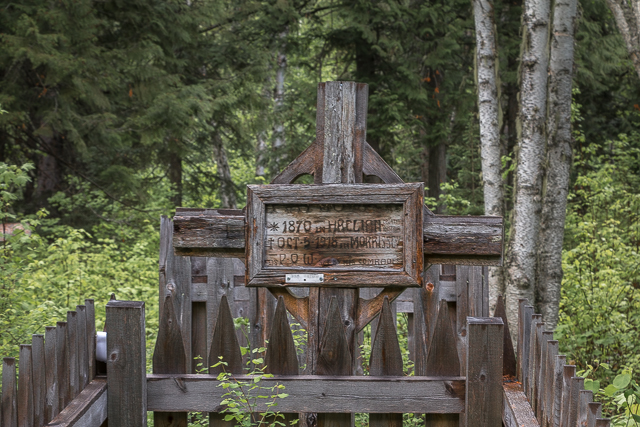
Tom Rusich died as a prisoner of war.
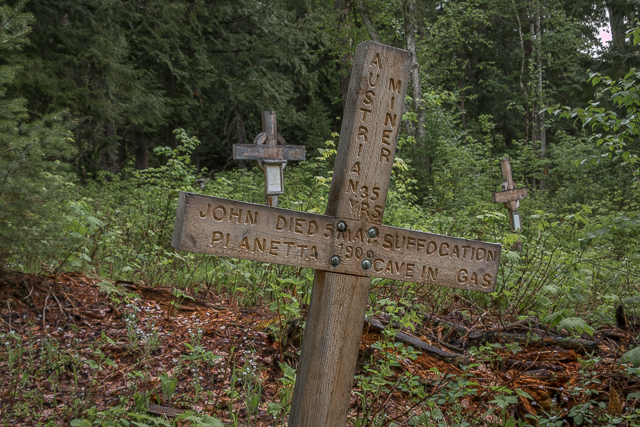
The formerly unmarked grave of a coal miner – there’s many here.
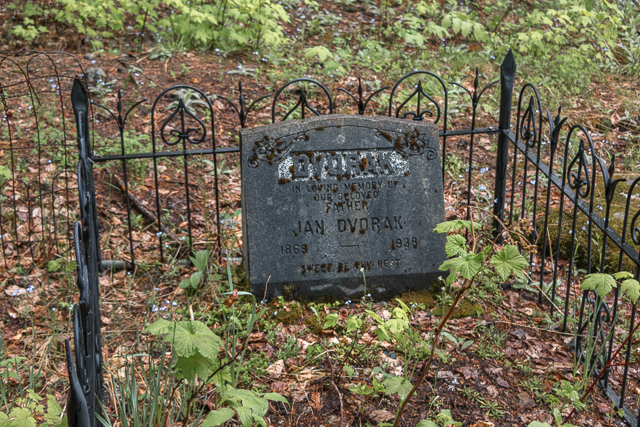
There’s only a couple stone markers.
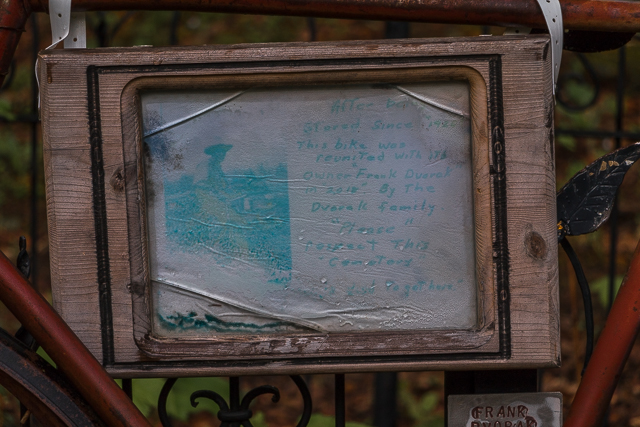
A touching story transcribed in the post.
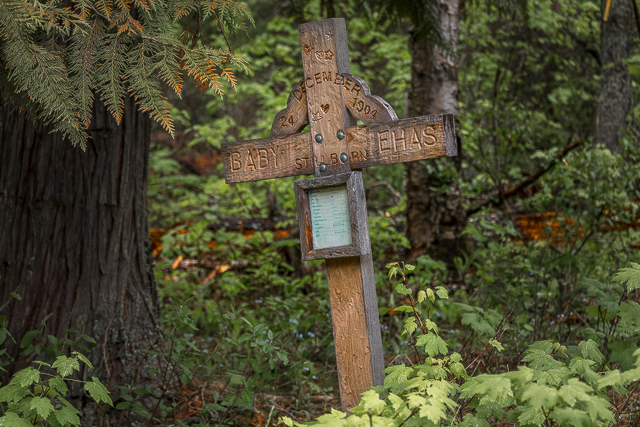
Baby Ehas, a stillborn brought into the world on Christmas Eve.
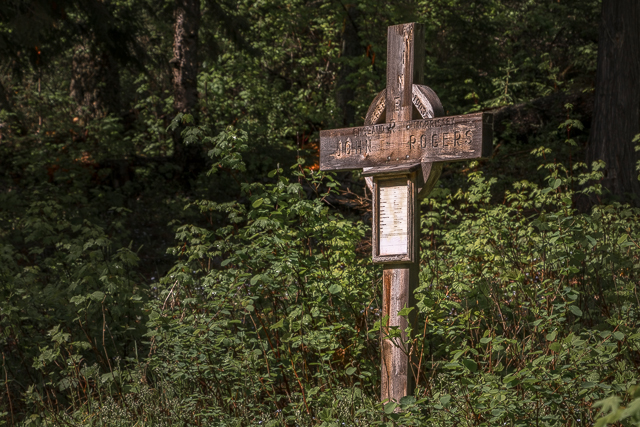
John Rogers of England perished in 1903.
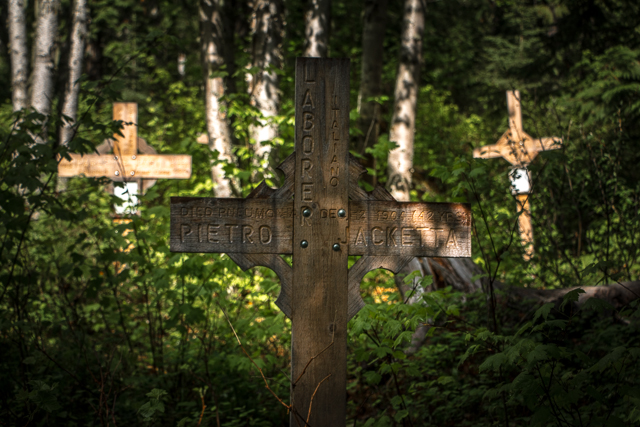
Piettro Jacketta died of pneumonia.
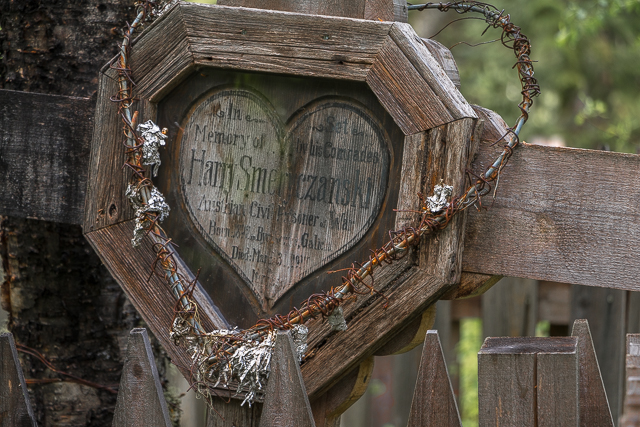
The grave of “Harry” Smeryczanski, Civil POW.
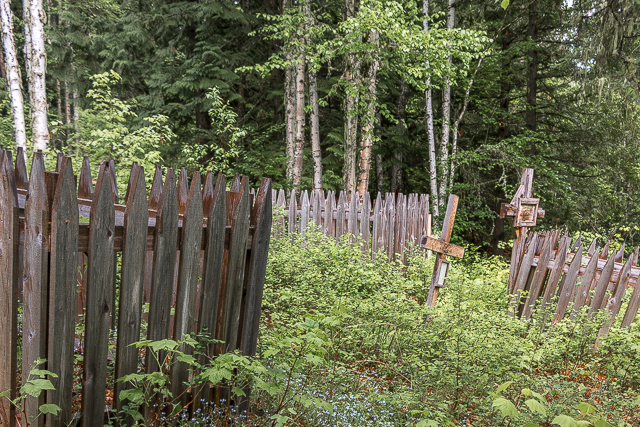
Picket fences were once a common feature in cemeteries.
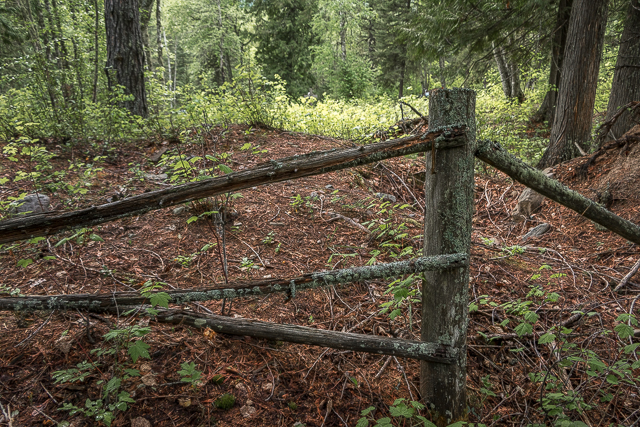
Remains of an old fence at the edge of the property.
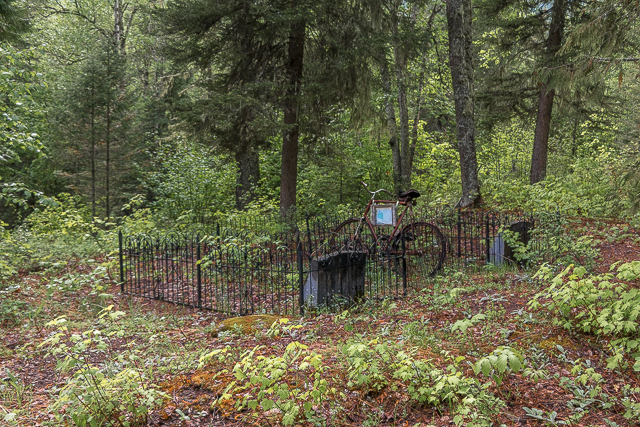
The Dvorak Family plot.
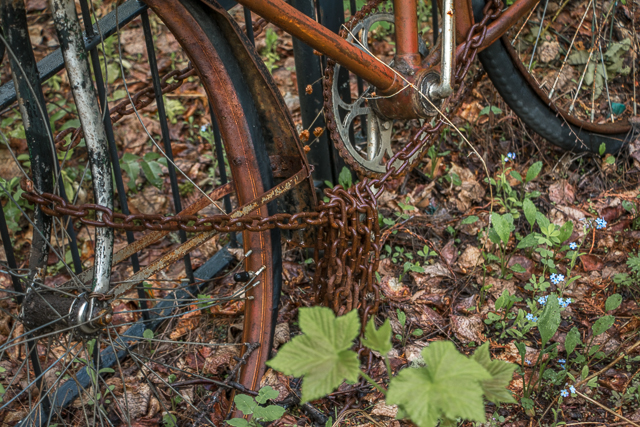
Reunited with his bicycle as a child.
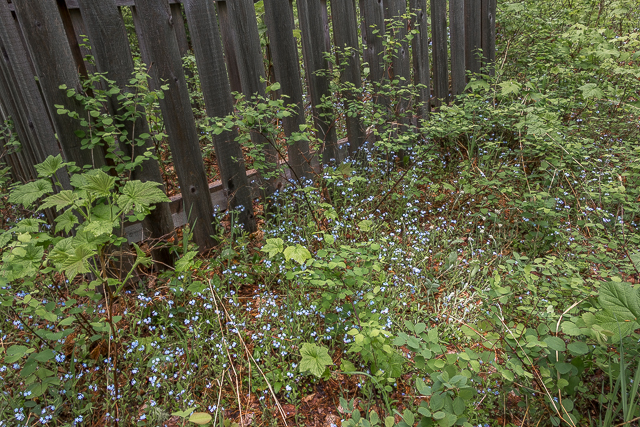
Little flowers blanketed the ground.
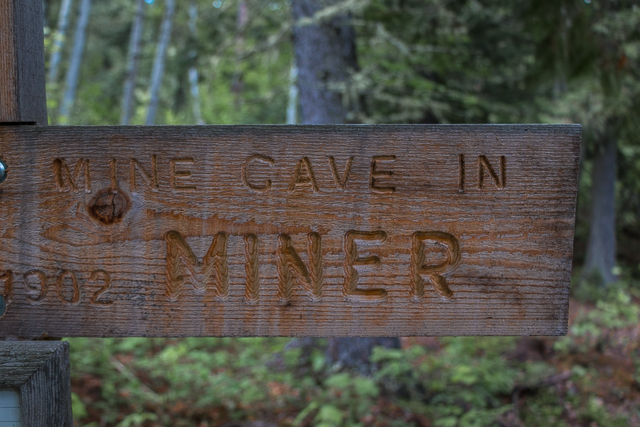
Many graves are that of coal miners which died on the job.
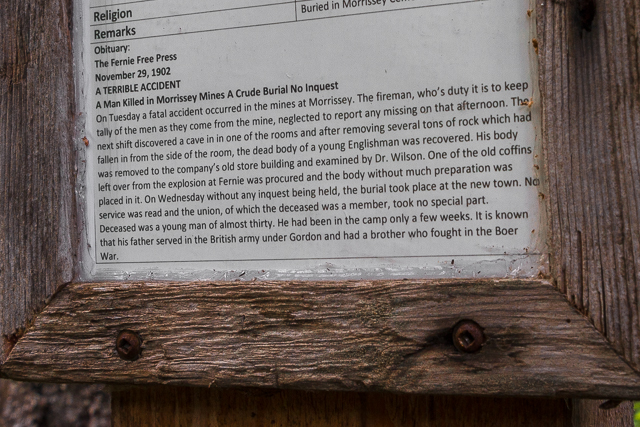
During a restoration some histories were included.
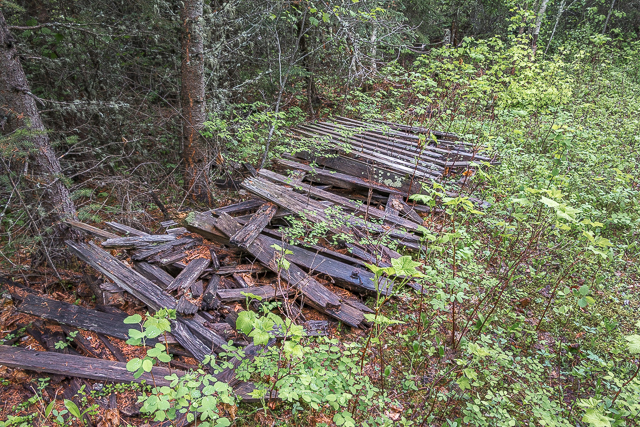
Forgotten fences from forgotten graves.

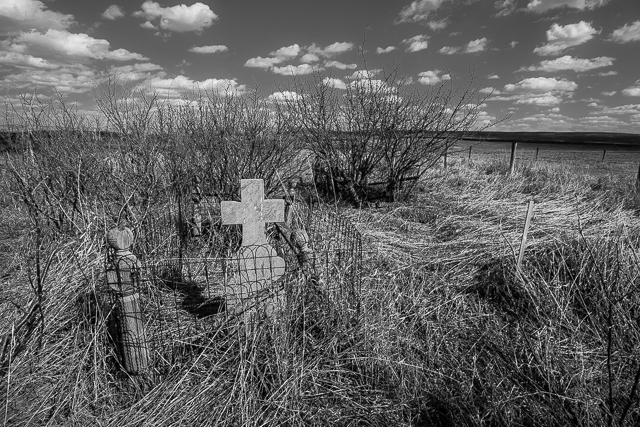
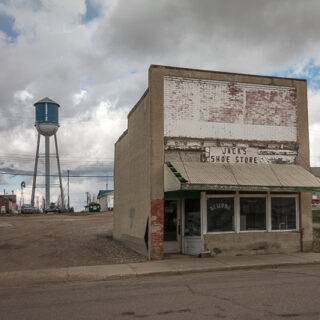
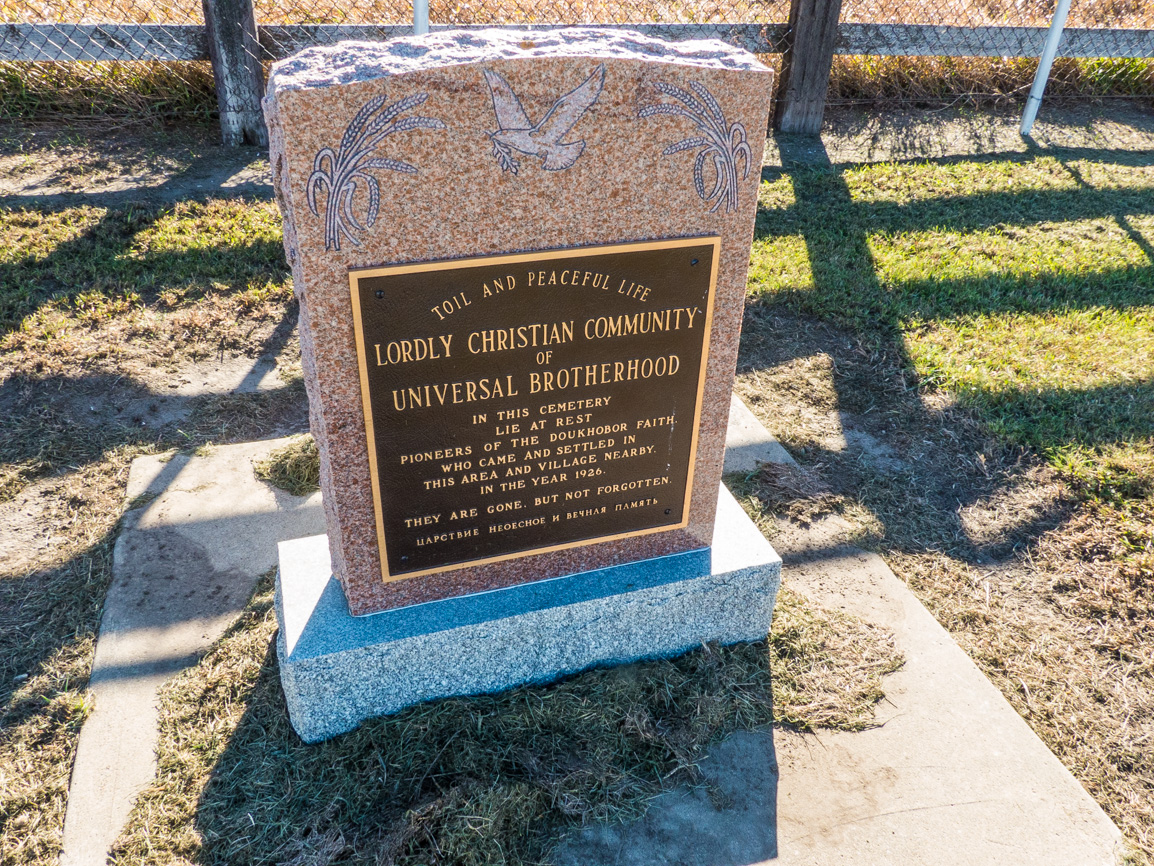
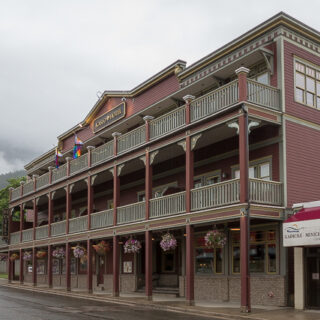
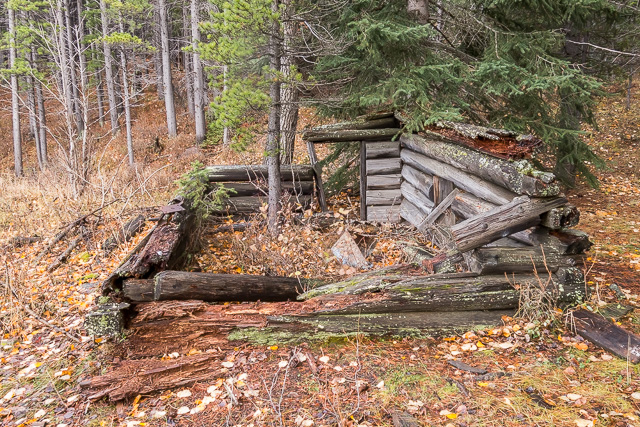
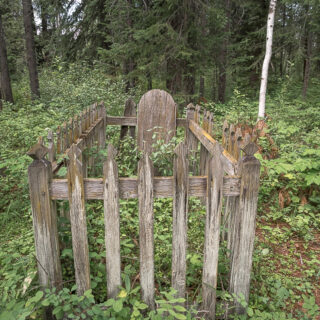
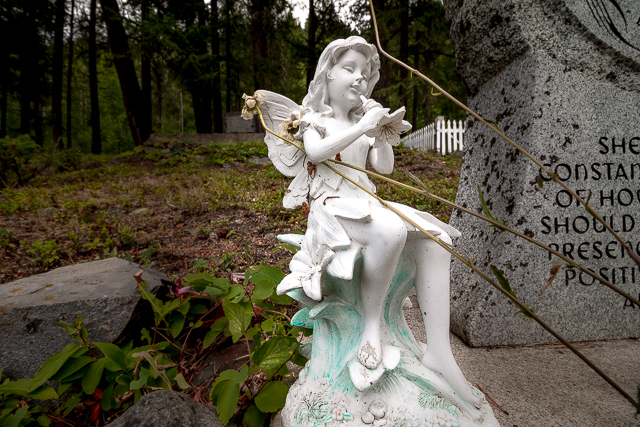
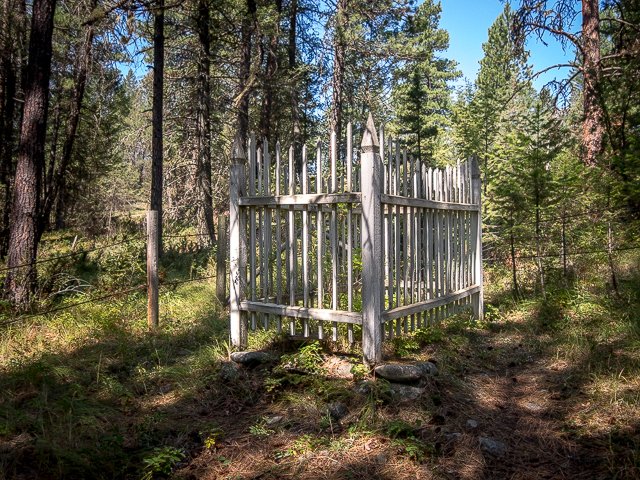
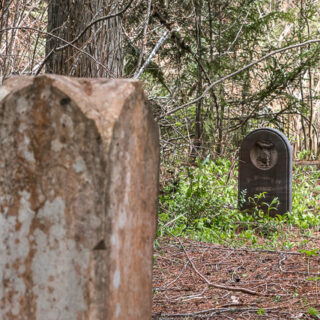
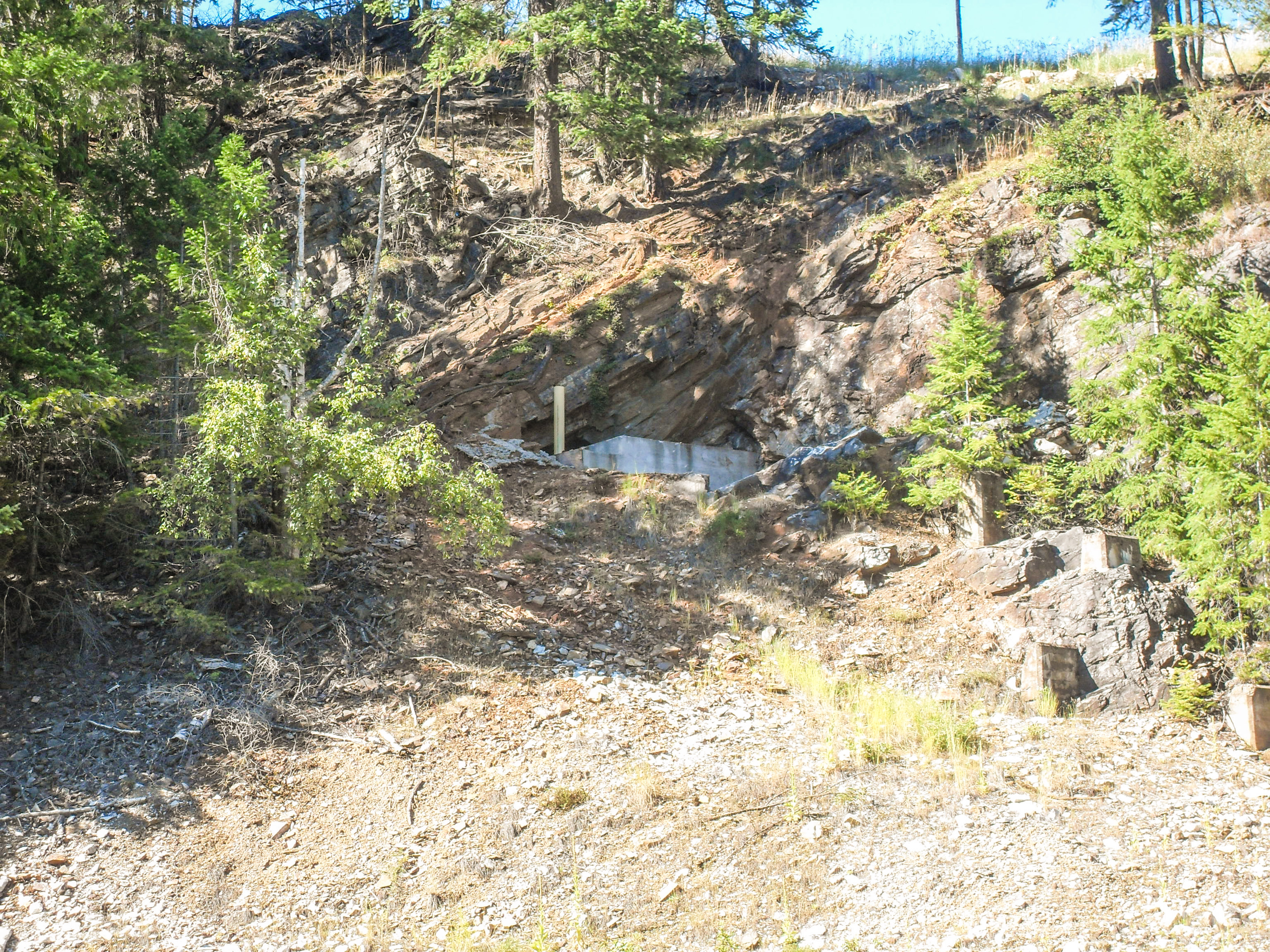
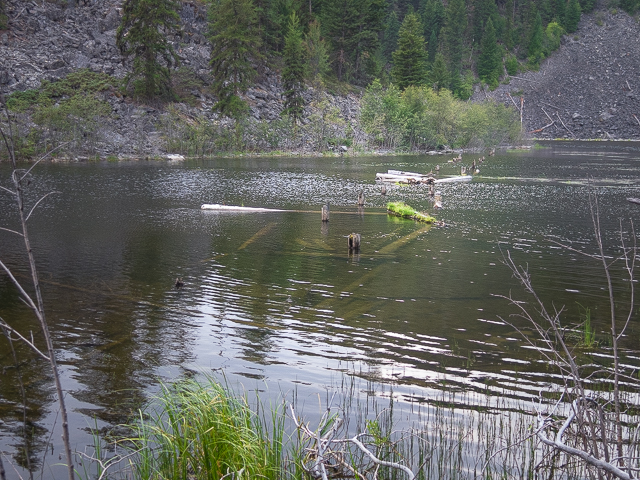
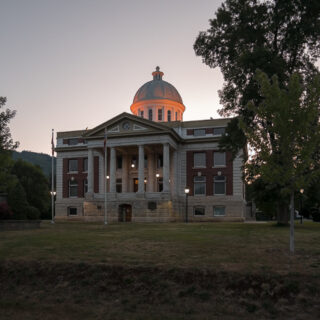







Comments are currently turned off